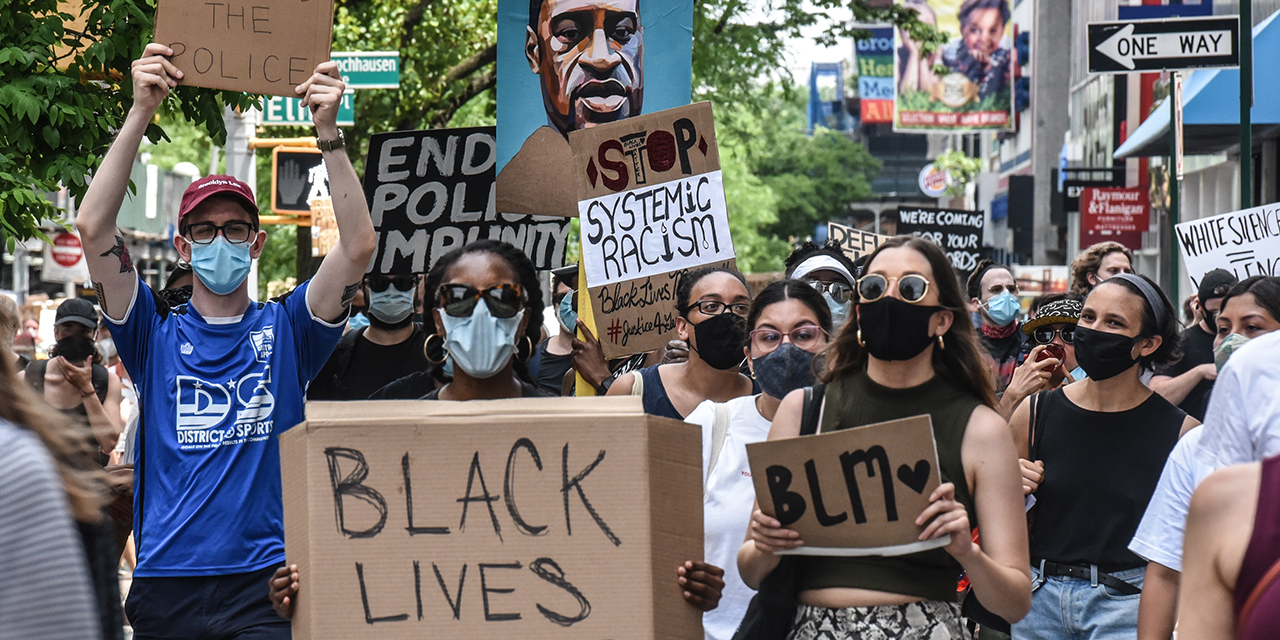In the past few years, incidents highlighting discrimination and marginalization have gained unprecedented mainstream media attention. Widely publicized moments of injustice brought attention to the experiences and lived realities of historically minimized groups. This new focus on social equity and inclusion has spurred many conversations on nuanced subjects, which left people who are not in the affected groups wanting to be allies, show support, and contribute to social movements.
Developing into an ally is a multifaceted process which requires effort and a long-term commitment. Allyship can help to amplify previously unheard voices and advance more equitable systems, but efforts to be an ally can sometimes be seen as performative. There have even been actions that call the motivation and intention of some allies into question, such as businesses hanging pride flags solely during the month of June, and people casually posting black squares on Instagram without sharing information or taking any further action. Unfortunately, such actions shift focus to the business or person, and away from critical issues at hand.
Here are some ways to become a considerate and aware ally:
Listening and learning are some of the most crucial actions that allies can take in order to offer support and be respectful. Listening is important in two ways: it creates an opportunity to learn, and it gives the other party the opportunity to speak and express themselves. Actively trying to hear what is being said can also prevent people from having to continually repeat themselves, which can be fatiguing and demoralizing. Frequently, it is better to listen to understand rather than to respond. Ultimately, listening recenters the conversation on the issues and experiences of others.
Speaking up but not over is another way to be an ally. If something uncomfortable or incorrect happens, respond with care. When someone with a voice that has been historically minimized speaks up, share their message instead of paraphrasing with a message of your own. When we paraphrase, we can inadvertently speak to our own experiences, which may distract from the perspectives of others. The unique experiences of marginalized groups have not historically received widespread consideration, and we should allow these stories to be shared first. Amplifying the voices of others is one of the best things that we can do to show recognition.
Using the proper words to address others and their community demonstrates that you have put in the effort to educate yourself. For example, using people’s preferred pronouns acknowledges their identity, and referring to someone as an ‘undocumented immigrant’ rather than an ‘illegal alien’ recognizes their humanity and eliminates the judgement Historically, language has been employed to minimize and marginalize groups. “The words we choose are critical and set the tone, whether it’s press releases or social media or all-staff messages,” said Melissa Schwartz, Director of Communication at the U.S. Department of the Interior when discussing the importance of language. Words have the power to build trust and show progress.
Finally, having a long-term commitment to allyship is essential. Temporary displays of allyship might appear disingenuous and are unlikely to contribute to tangible change. Superficial participation does not improve circumstances or leave underserved communities feeling supported, heard, or included in the conversation. The social systems and norms, which have led to marginalization and minimization, have been in place for decades or sometimes centuries, so they will take time to be deconstructed and for improvements to take place. To facilitate lasting and real change, diversity and inclusion must be actively pursued in thought, through learning, and through experience by developing relationships with people from different backgrounds and cultures.
If thoughtfully and intentionally demonstrated, allyship shows support and respect in a genuine manner. Authentic allyship can raise awareness, expand networks, and build new community partnerships that can help lead to lasting change.


